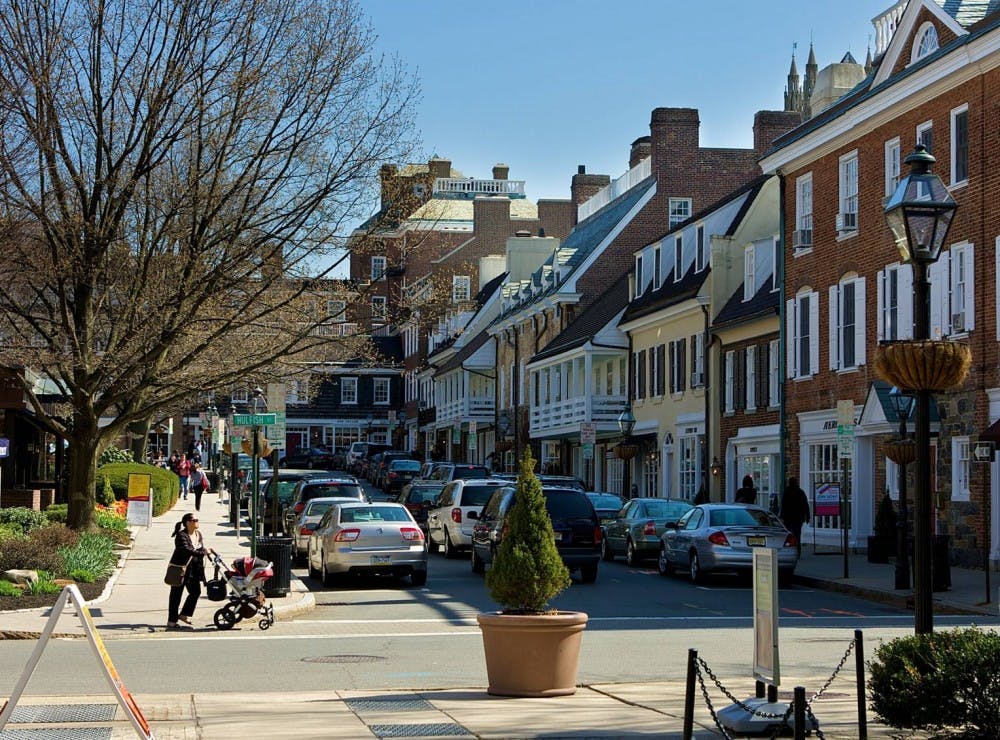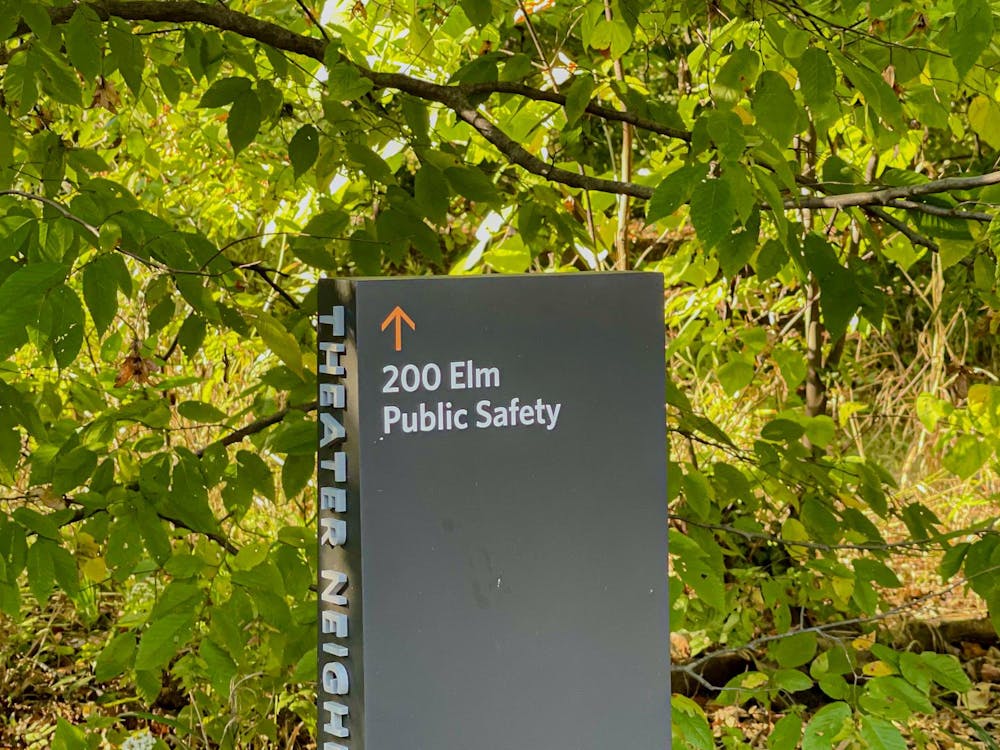To the Editor:
The Municipality of Princeton firmly believes that Black Lives Matter and that policing here in Princeton is, and should be, a work in progress; there is always room for improvement. We also acknowledge that the role of police has, in recent decades, been expanded to compensate for our society’s failures to care for our most vulnerable and we are committed to having difficult conversations about how resources are allocated to address systemic inequalities. We do, however, want to provide context for two statements that appeared in a recent article in The Daily Princetonian. These statements are drawn from the Princeton Police Department’s (PPD) 2018 annual report.
Regarding the use of force incidents from 2018, The Daily Princetonian is correct in stating that 52 percent of the use of force incidents (11 out of 21) involved Black people. It’s important here to note that all the uses of force involving Black people in 2018 concerned two juveniles in crisis interacting with the police on multiple occasions. The police were called multiple times for assistance. Each police officer involved in a “use of force” encounter counts as a separate use of force. No weapons or excessive use of force was involved. Aside from these two juveniles, there were no other cases of police use of force involving Black individuals during 2018. In 2017, as another example, 12 percent of the use of force (one incident) involved Black individuals.
The article also points out, correctly, that 15.4 percent of motorists stopped by the PPD in 2018 were Black, but the article’s authors then conclude that this shows disproportionate impact on Black motorists since only 5 percent of Princetonians are Black. But the correct number for comparison is NOT the percentage of Princeton residents who are Black but the percentage of motorists driving through Princeton who are Black, and, in fact, the 15.4 percent number is roughly in agreement with that latter number. A 2016 Rutgers University Center on Policing study examined the demographics of the PPD’s motor vehicle stops by comparing daytime stops (when race/ethnicity of the driver is likely observed by the police officer) with nighttime stops (when race/ethnicity of the driver is NOT likely observed by the police officer) and found them to be virtually identical (14.8 percent for daytime stops and 16.6 percent for nighttime stops). Additionally, the most recent data collected (January 2019 — March 2020) sustain the point that Black motorists are stopped roughly in proportion (13.25 percent — 17.65 percent of stops) to their percentage in the population of drivers traveling through Princeton.
Sincerely, Councilwoman Eve Niedergang and Councilwoman/Police Commissioner Leticia Fraga








